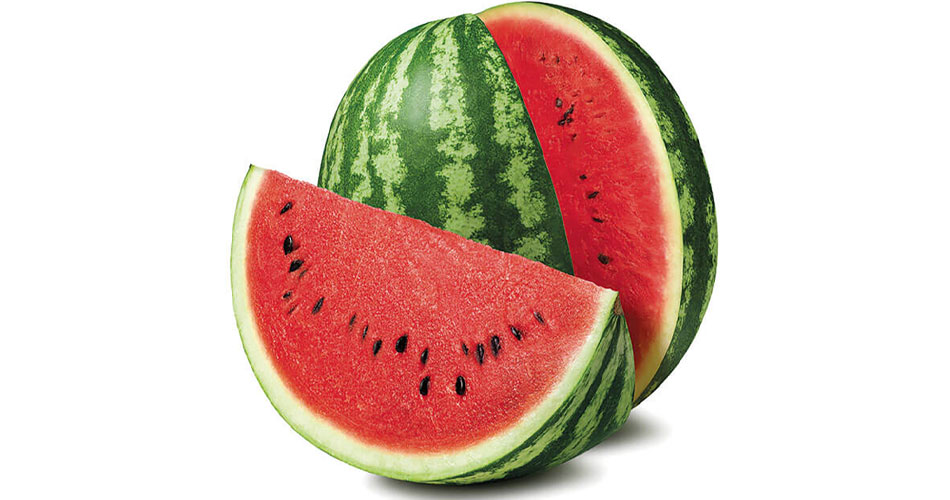Florida, particularly Central Florida, is a major watermelon-producing region, providing the sweet summer fruit to grocers across the Southeast and beyond.

The Shelby Report of the Southeast recently visited with Lee Wroten, VP of Lakeland, Florida-based Global Produce Sales, to learn more about what makes this growing region special and how this year’s crop is shaping up.
Wroten, a third-generation watermelon grower, not only represents one of the largest shippers in the region, but he has lived in Central Florida most of his life.
When you reflect on the region’s evolution, how has Central Florida changed?
Population growth has undeniably changed our landscape, with former farmland giving way to residential development.
This shift has particularly impacted Florida’s citrus industry, which has gone from a citrus powerhouse to contributing a small percentage of the crop. Production has plummeted from more than 250 million boxes in 2005 to less than 25 million today.
Beyond land availability, as a grower, we face ongoing challenges from weather extremes like droughts and hurricanes, as well as crop diseases.
What can you tell us about Central Florida’s growing climate?
While many people associate Central Florida with Orlando and its entertainment attractions, the truth is we are a powerhouse for watermelon production.
Florida contributes between 950 million and a billion pounds annually, representing about a quarter of the national output. Key growing areas include Hardee, Highlands, Hillsborough, Manatee and Polk counties.
Our unique climate and soil allow us to kickstart the domestic watermelon season early. We typically plant in early to mid-February and harvest by mid-May. This falls right in line with the Memorial Day weekend kickoff for summer.
This early start, combined with a potential second crop in August for October harvesting – and supplies from the Midwest, East and Mexico – ensures retailers can offer watermelons almost year-round.
What conditions are ideal for growing watermelon?
Watermelon is a desert fruit that was developed in the Kalahari region of South Africa. It thrives in well-drained, sandy soil and warm, dry conditions.
Central Florida’s sandy soils are perfect, and the spring season typically provides the necessary dry, low-humidity environment. It might seem counterintuitive to grow a desert fruit in a subtropical environment, but it works beautifully.
How many types of watermelons are there?
Including all the specialty varieties, such as yellow and orange flesh versions, there are more than 1,000 different varieties of watermelons. However, only about a couple hundred of those are grown commercially. And of those, only a few dozen are what I would consider popular varieties.
Most of the commercial production is now seedless, although seeded varieties are still grown as they are needed to pollinate our seedless variety.
Growers carefully select varieties based on disease resistance, yields, size, maturity, flesh color and taste. We aim for repeat purchases, so flavor is paramount.
Seed companies are constantly developing varieties with higher sugar levels and complex acids, all of which influence a watermelon’s flavor.
Are most watermelons grown in Central Florida sold there?
While we ship largely into the Southeast and Midwest, many of our watermelons also are shipped throughout the country and into Canada.
It used to be the majority of what was grown stayed local, but shipping watermelons has gotten easier and more streamlined over time.
When I was a teenager working in the watermelon fields, we manually packed semi-trucks in bulk. The trucks traveled from store to store, where the bag boys were tasked with picking out 200 or so to unload. By the time we got to the last stop, most of the watermelons left were the rejects.
Today, watermelons are taken to a central packaging facility, sized, the PLU sticker is put on and then they are packed in large two-foot-tall boxes and stacked onto pallets ready for shipping.
How have these supply chain changes impacted the business?
When I was young and coming up in this business, a big day for us would be filling 10 or 12 semi-trucks, which would take four different harvest crews to get full.
Today, with just two harvest crews, a big day for us is 50 or 60 semi-loads. Our overhead costs have increased, but we’ve also improved our efficiency and streamlined our supply chain. When things go right, we can have a truck come and go out every 20 minutes throughout the day.
All our inventory is now controlled electronically. We know what we have on our floor at any one of our five packing locations.
Over the course of the day, when you are running a couple million pounds of watermelon across the line, a 2 or 3 percent difference in sizing can make a big difference.
How healthy is this year’s crop?
Watermelons – along with other melons, cucumbers, squash, pumpkins and gourds, as well as many other types of fruits and vegetables – are susceptible to fungal diseases, so we have to always be vigilant about that.
But as far as this season goes, the crop looks healthy and conditions have been favorable. As of April, the crop is shaping up to be on time for mid-May harvesting.
Barring any unexpected weather events, the Central Florida crop should be a good one, with healthy volumes available for Memorial Day.


is there any way to tell if a watermelon is ripe and sweet ?